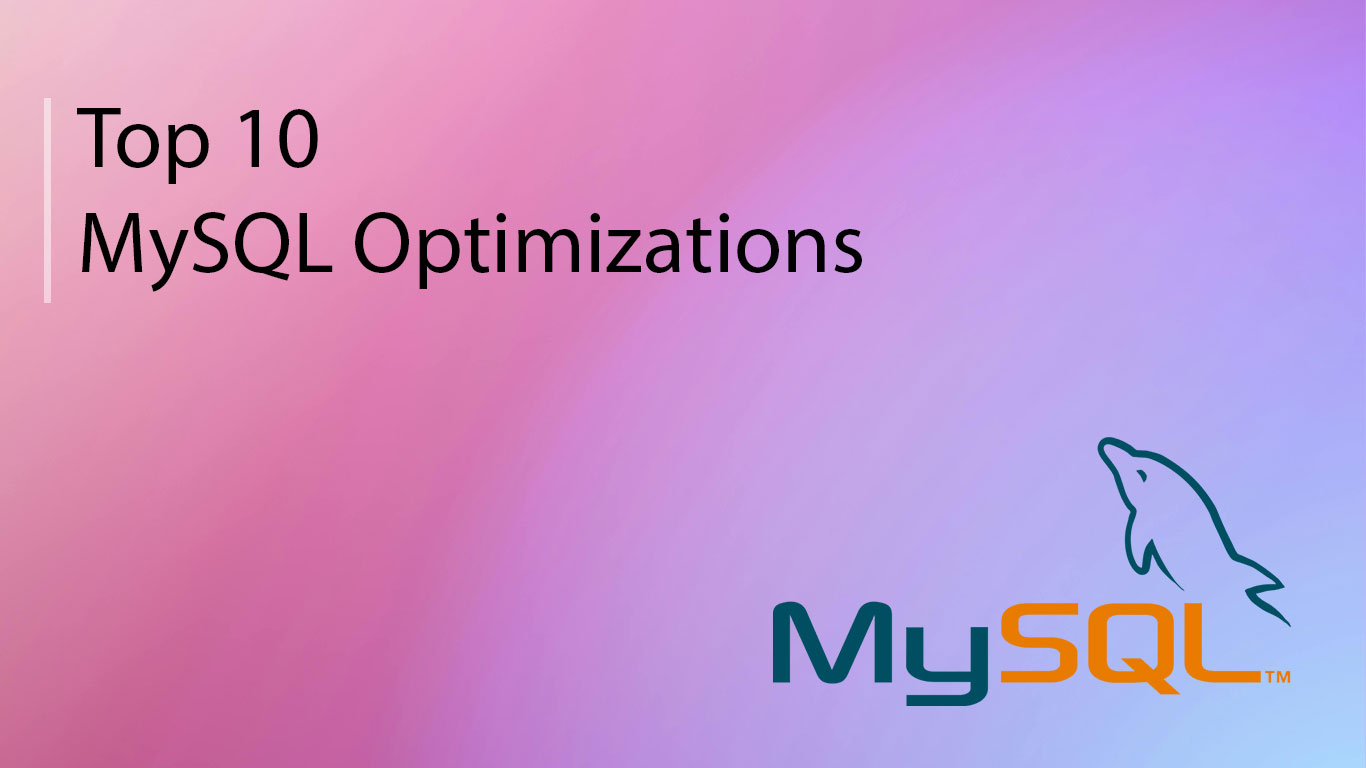Creating an efficient MySQL database can significantly improve the performance of your applications. Here are the top 10 MySQL optimizations that can help you achieve faster response times and better resource utilization:
Indexing
Indexes are crucial for improving the speed of data retrieval operations in a database. By creating indexes on columns that are frequently used in WHERE clauses, JOIN conditions, or as part of an ORDER BY statement, you can drastically reduce query execution time. However, it’s important to use them judiciously, as too many indexes can slow down write operations.
Query Optimization
Writing efficient queries is an art. Make sure to select only the columns you need instead of using SELECT *. Also, leverage the EXPLAIN command to understand how MySQL executes your queries and adjust them accordingly to minimize row scans.
Configuration Tuning
MySQL’s default configuration isn’t optimized for all workloads. Adjusting the server variables like innodb_buffer_pool_size for InnoDB tables or key_buffer_size for MyISAM tables can have a significant impact on performance. The buffer pool size, for instance, should be set to about 70-80% of your server’s memory on a dedicated database server.
Table Partitioning
Partitioning tables can greatly improve performance for large datasets by splitting them into smaller, more manageable pieces. Queries that can utilize partition pruning will see significant performance improvements.
Optimizing Joins
Ensure that the tables being joined have indexes on the join columns. Avoid unnecessary columns in the SELECT list, and be cautious of joining large tables which can lead to performance degradation.
Regular Maintenance
Running OPTIMIZE TABLE regularly helps to reclaim unused space and defragment the data file, especially after substantial updates, deletes, or inserts. It can also improve the performance of certain types of queries.
Caching
MySQL provides a query cache which can return results from previously executed queries without having to re-execute them. Although the query cache is deprecated in MySQL 8.0, understanding and utilizing caching at the application level or via third-party tools remains essential.
Choosing the Right Storage Engine
MySQL offers multiple storage engines, each with its own advantages. InnoDB is the default and is a good choice for most applications due to its robustness and support for transactions. However, for read-heavy workloads or simpler applications, MyISAM might be more appropriate.
Batching Inserts and Updates
Batching multiple inserts or updates into a single operation can significantly reduce the overhead caused by these operations. This is especially true for applications that need to insert or update a large amount of data at once.
Schema Optimization
Design your database schema wisely. Use appropriate data types and sizes for your columns to minimize space and avoid unnecessary overhead. Denormalization, or reducing the number of joins needed by including redundant data, can also be a valid strategy in some scenarios to improve read performance.
Conclusion
By implementing these optimizations, you can enhance the performance of your MySQL databases, leading to faster applications and a better user experience. Remember, optimization is an ongoing process, and continuously monitoring and adjusting your database’s configuration and schema as your application evolves is key to maintaining optimal performance.


